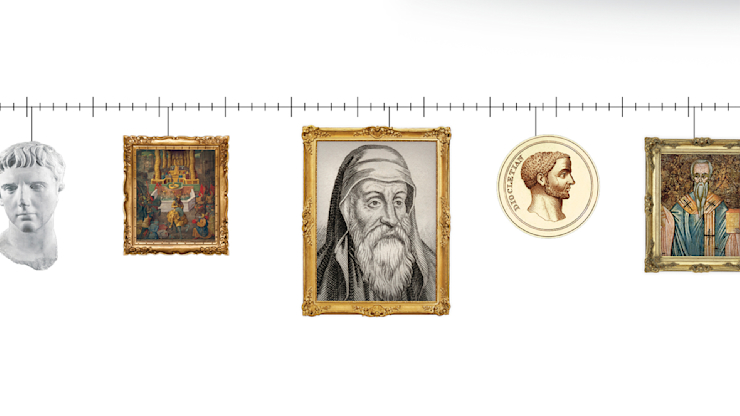How Did Roman Catholic Views on Mary Change in the 20th Century?

1 Min Read
In the latter half of the 20th century, the Roman Catholic Church increasingly exalted the Virgin Mary in its official teaching. From his series A Survey of Church History, W. Robert Godfrey alerts us to several of these staggering changes.
Transcript:
The 20th century for the Roman Catholic Church could, in many ways, be called the "century of Mary," because Roman Catholics have continued to exalt Mary in their teaching. Under Pius XII in the 1950s, the church for the first time declared, the pope infallibly ex-cathedra declared, that Mary had been immaculately conceived. Some Roman Catholic theologians had taught that for a long time. The Franciscan theologians in the Middle Ages taught it, but Thomas Aquinas denied it. So that's a fairly good Roman Catholic authority, but it became binding dogma and truth for all Roman Catholics in the 1950s to believe that Mary had been conceived without the stain of original sin. That's a fairly remarkable claim, but it’s all part of this effort to exalt Mary. At the same time, it was declared that the body of the Virgin had been assumed into heaven after her death so that her body would not see corruption. That, too, is taught ex cathedra by the pope. That is binding dogma for the Roman Catholic Church. So, there is this exaltation of Mary. The giving of new titles to Mary has increased in the 20th century. There were some delegates coming to the Second Vatican Council who declared before the Council that they hoped the Council would declare Mary co-redemptrix with Christ, which really is staggering to think about. There were even a few theologians who said Mary has been raised to hypostatic union with the Godhead. That would mean we now have four persons in the Godhead; I mean, that's a blasphemy beyond imaging. Now that was not a widely held point of view; it was just a few crazies, but it shows how the focus on Mary was so exalted.